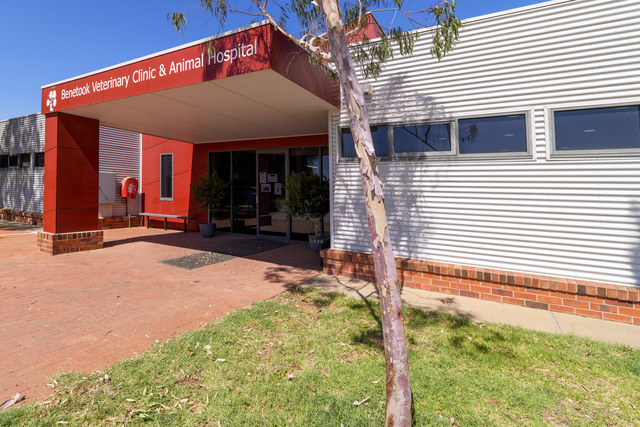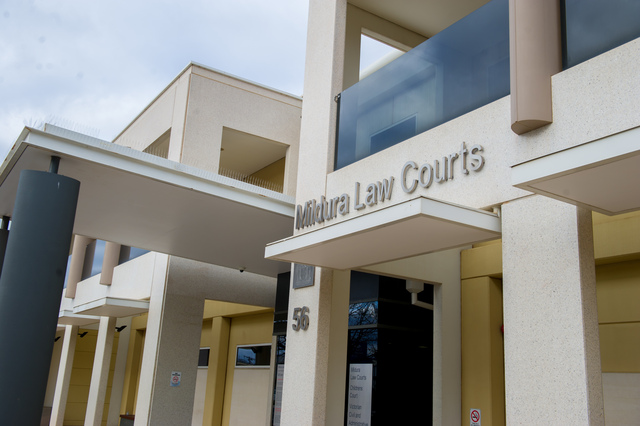HOMEOWNERS have been warned they may not be able to sell their properties for a profit in the new year, as the number of loss-making sales across Australia rises.
Property markets across Australia have been reporting declines in home values, following price increases that came as a result of COVID.
Real estate analysis company CoreLogic’s latest Pain & Gain Report, which analysed approximately 83,000 property resales that occurred in the September quarter, showed the proportion of profit-making sales fell across Australia when compared to last quarter’s data.
The report found that rate rises and the nation-wide falling of home values was impacting upon seller profits, with only 93.3 per cent of sellers making a profit in September.
The northwest of Victoria recorded an increase in property values this year that defied the national trend, but has begun to see a small decline in values.
In the 12 months to November 30, north west Victoria recorded a value increase of 3.5 per cent but, in the three months to November 30, the area recorded a decline of 0.6 per cent.
The percentage of homeowners selling at a loss in regional Victoria doubled in the last quarter.
The number of sellers recording a loss was 1 per cent in the regions, but the increase was one of the highest recorded in Australia.
Head of research Eliza Owen said homeowners may find themselves selling for less than the purchase price if forced to sell due to current circumstances.
She said for high interest rates created a double whammy, as the rising cost of debt would become harder to service as the underlying asset value declined.
“(More recent buyers selling) would indicate a greater level of risk in the housing market, as more ‘distressed’ or ‘motivated’ sales would create a rise in listings volumes, and put further downward pressure on prices,” she said.
Ms Owen said the rate of loss-making resales in regional Australia rose 40 basis points in the quarter to 5.7 per cent, and around 50 basis points from a recent low of 5.2 per cent in the three months to May.
The lower percentages of resales reflected the better capital growth that was occurring in regional areas, like Victoria’s northwest.
Ms Owen said the decline in regional home values, however, accelerated in October and November, which may play out in a higher portion of regional loss-making sales in future quarters.
“While some regions have seen relatively steep declines in value over recent months, many of the regional lifestyle markets still retain a high level of value relative to the past few years,” she said.
Ms Owen said it was likely that, due to the majority of outstanding fixed loan terms secured through the pandemic expiring by the end of next year, that resale markets would be tested and could produce a higher proportion of loss-making sales.
She said homeowners could be prompted to sell in a high-interest rate environment, even if they have to endure a loss.
“With home values generally still above pre-pandemic levels, there is likely to be a ceiling on the rate of loss-making sales observed in the coming quarters,” she said.
“The fluctuation in the rate of loss-making sales is not expected to be as severe as the overall decline in property values. The rate of loss-making sales has not spiked as dramatically as values have fallen, because losses are only realised if a property owner chooses, or is forced, to sell.”








